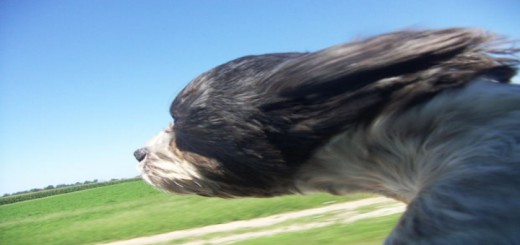The rains have been and summer is here. If you live of the East Coast of Australia you know what that means….Tick Time.
It is time to start our daily ritual of pet checks. While Australian Vet Clinics, have their usual daily flow of tick affected patients.
The Australian Paralysis Tick causes paralysis by injecting neurotoxins into a host (i.e. your dog, cat, horse or livestock). Outbreaks occur on the Eastern Coast of Australia that have recently received a high rainfall and humidity.
Paralysis ticks are often found on Australian native animals such as Bandicoot, Echidna, Possum and Kangaroo. However due to continuous infestations they have usually developed immunity to the toxins.
It is estimated that approx 100,000 domestic animals are affected by tick paralysis and around 10,000 of them requiring medical treatment in Australia annually.
So what are the signs?
Very early signs:
- A change in meow or bark becoming softer and/or change of pitch
- Mild weakness in the back legs
- Vomiting, especially if you see froth and it happens several times in a day
Later signs:
- Wobbly and unsteady in the back legs
- Excessive salivation and vomiting
- Panting, progressing to loud breathing, even grunting noises
- Many dogs will have a moist cough and breathing problems before other signs. This is a very dangerous sign in short-nosed dogs as this can be a sign of pneumonia
Progressing signs:
- Unable to stand
- Trouble holding head up
- Breathing becomes exaggerated and difficult
- Gums become blue and cold
One of the most important things to note with the Australian Paralysis tick is that even after it is removed and your pet may appear o.k., the signs usually continue to worsen for up to 48 hours as the toxins invade the body.
Treatment for tick paralysis is an anti-tick serum. However, it must be noted that the effectiveness of the serum and the greatest chance of recovery depends on early treatment, well before the signs are advanced.
Supportive treatment may also involve:
- Respiration Support
- Reducing Stress
- Maintain sufficient hydration
- Maintain blood pressure
- Maintain core body temperature
- Assisting with urination
- Protection of eyes
So How Can I Prevent It?
If you live in a tick-prone area and your pet is allowed outdoors – even in the backyard, can be subjected to a Paralysis Tick (native wildlife such as Possums are known to drop ticks from their bodies as they move between properties). Therefore, daily physical checks are essential along with the use of tick-repelling or tick-killing agents. Many owners have their pet clipped short to make physical checks easier.
The Paralysis tick can be very difficult to find, especially so in long coated animals. Prior to engorgement they are very small and flat, only around 2.6mm wide, 3.8mm long. They become much easier to feel during the later stages of engorgement where an adult female can swell to approx 10.2 mm wide, 13.2 mm long.
Paralysis ticks are most commonly found around the head, neck and shoulders and often missed on the face, legs, between toes, inside the lips, ear canals, genitals, and anus. If an attached tick is detected, never attempt to place any chemical such as methylated spirits onto the tick, refrain from touching or disturbing it as the tick will inject saliva into the skin, which could make the situation worse.
Daily checks are best! If a tick is found take your pet to the vet!




